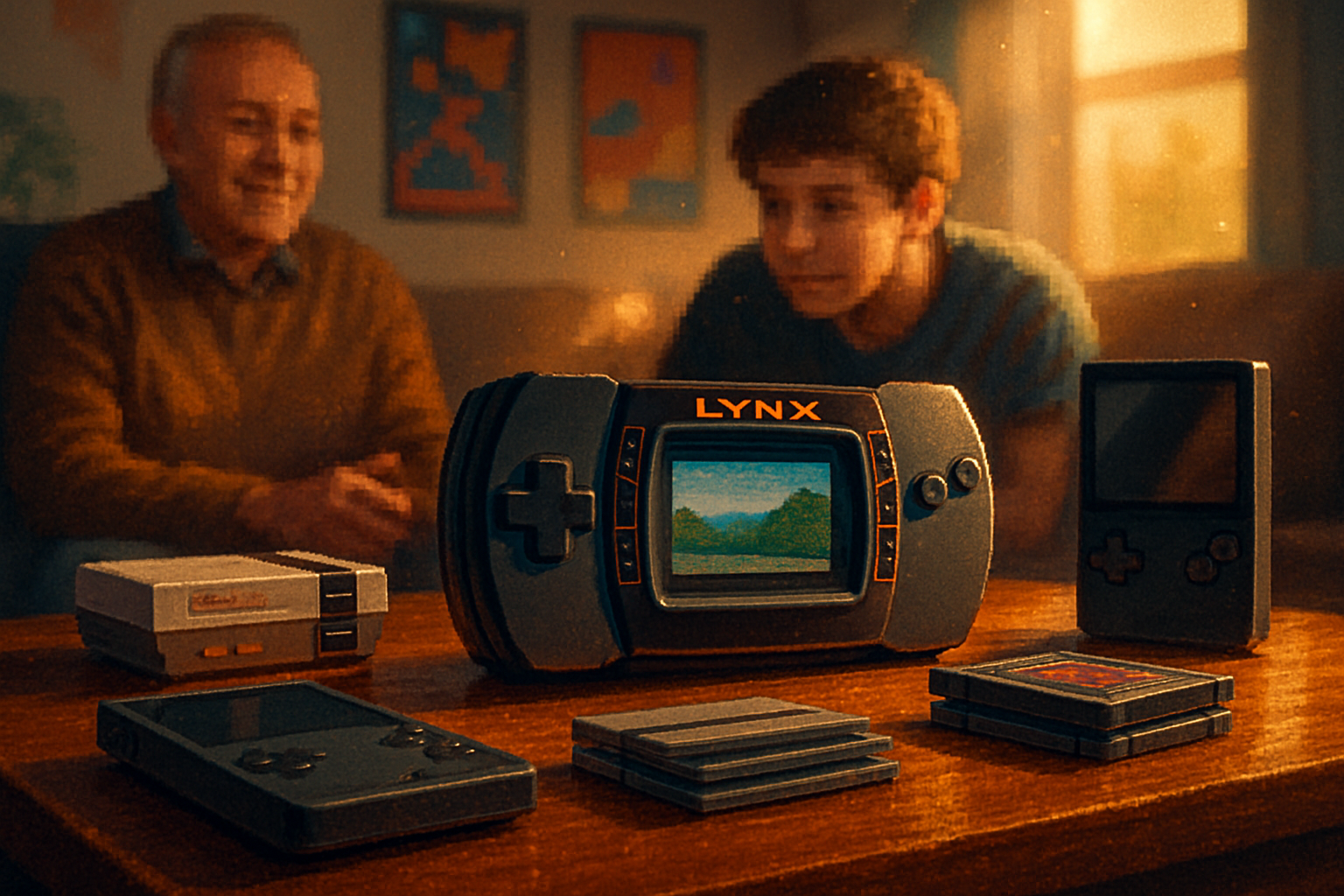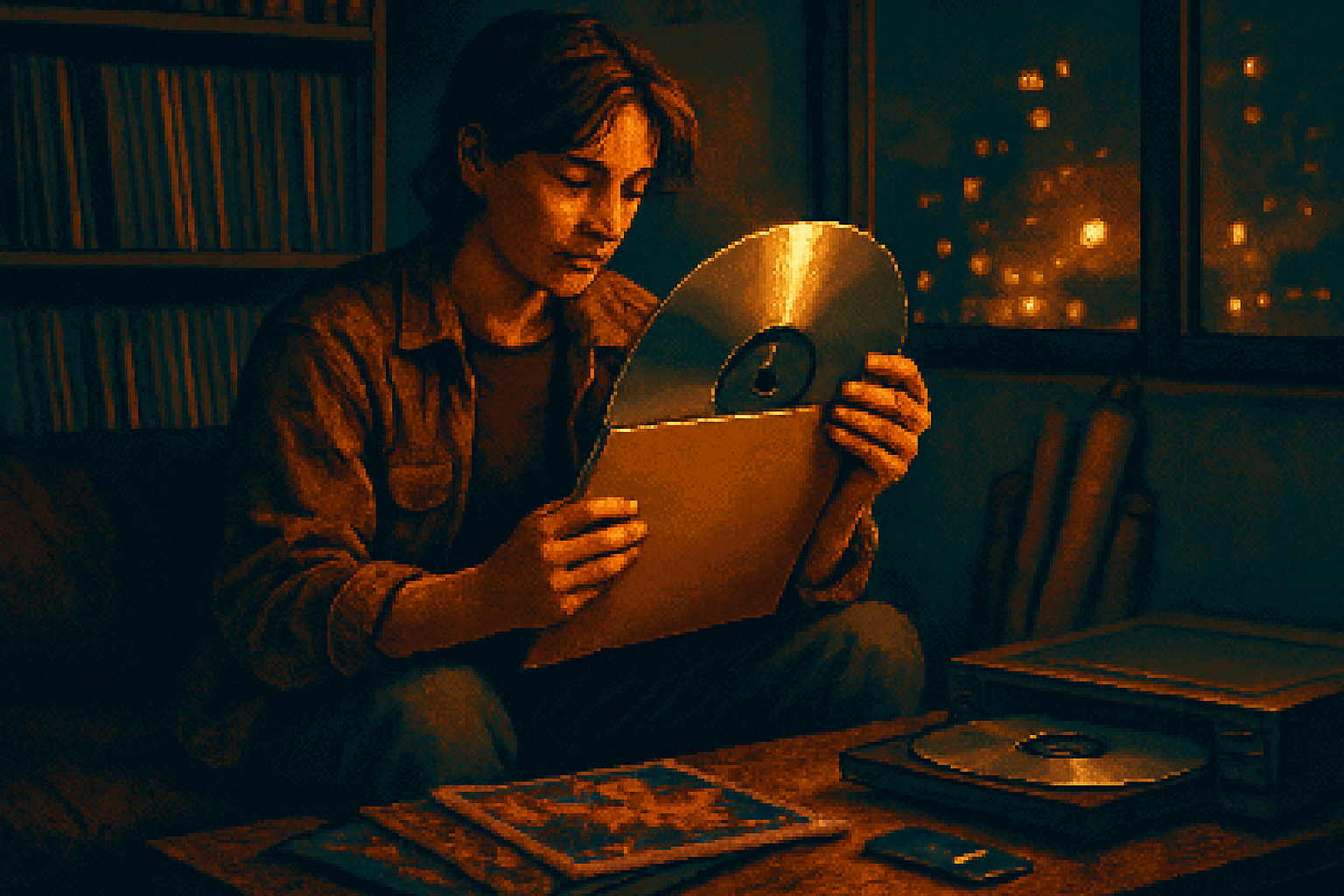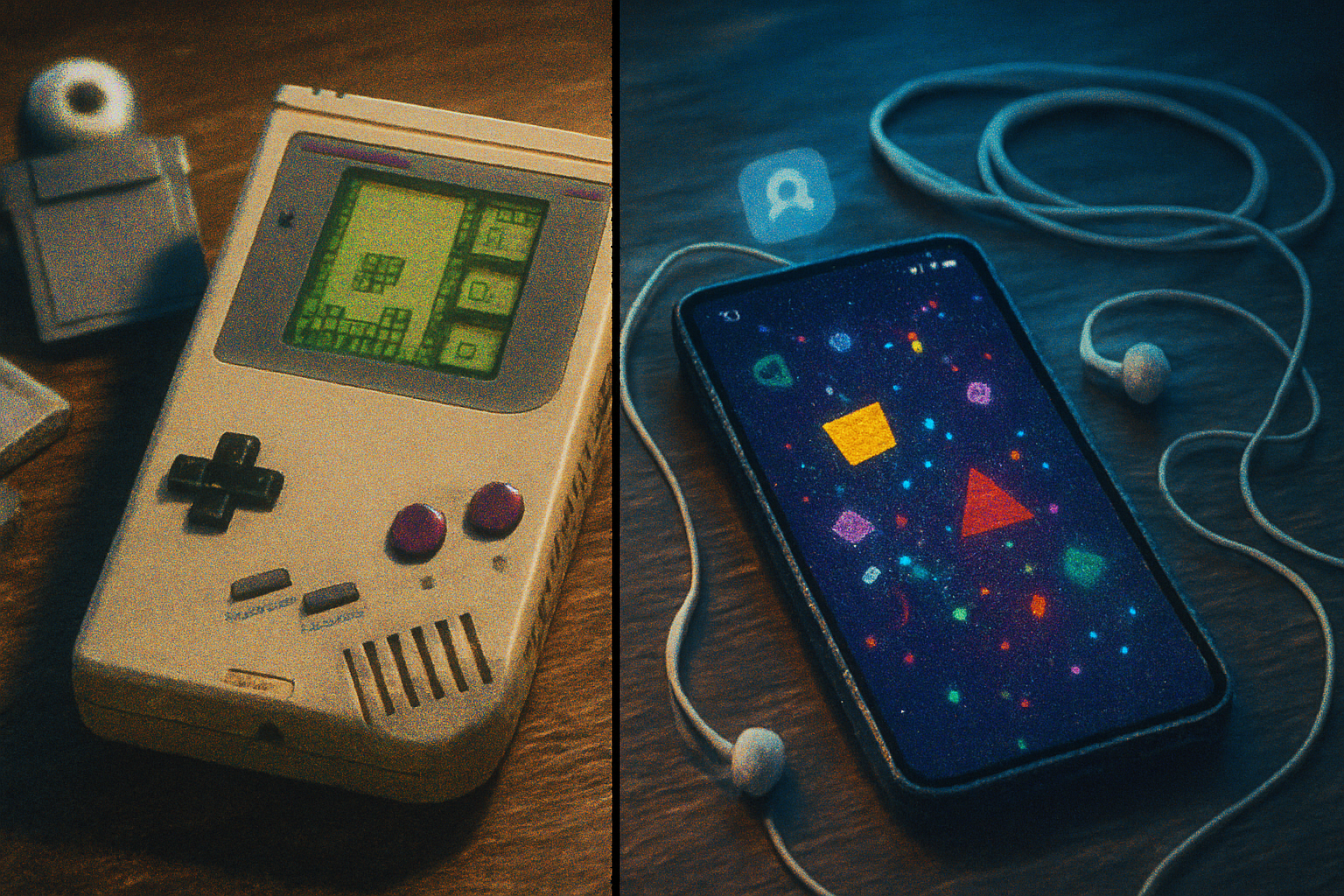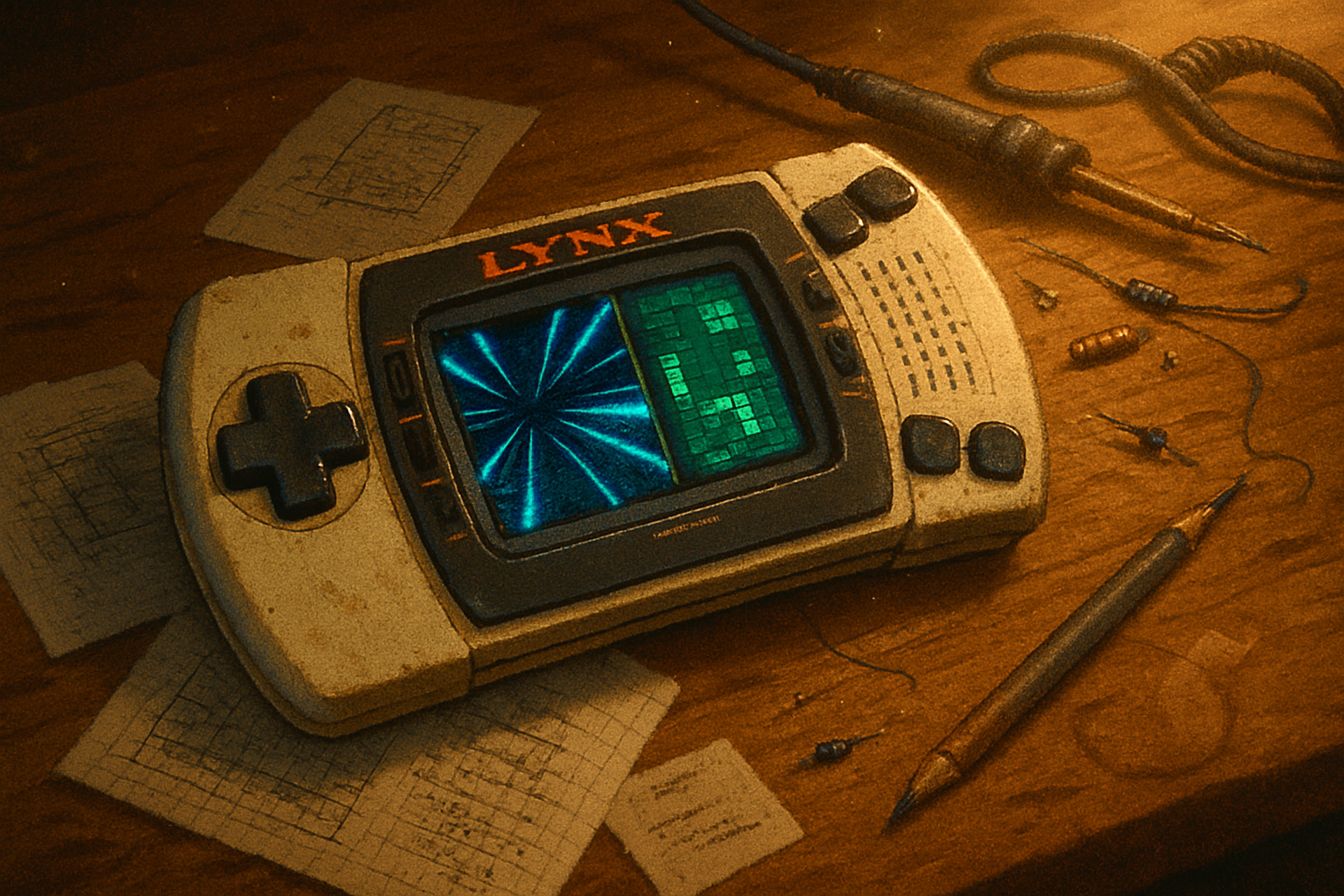· culture · 6 min read
The Atari Lynx Revival: Are Retro Consoles Making a Comeback?
A deep dive into why retro consoles - from the obscure Atari Lynx to high-profile mini and FPGA systems - are gaining momentum again. We explore nostalgia, homebrew scenes, hardware innovations, market forces, and whether this is a lasting revival or a passing fad.

Introduction
There’s a distinct hum of nostalgia in the gaming world: retro consoles are back in the conversation. From Nintendo’s smash-hit Classic Editions to boutique FPGA systems and new cartridge-based platforms, the appetite for older hardware and software seems strong. Among the consoles catching renewed interest is the Atari Lynx - a handheld that was pioneering in 1989 but ultimately sidelined by market forces.
This article explores why classic machines (including the Lynx) are resurfacing, who’s buying them, and whether this is a sustained revival or a nostalgic blip.
A quick rewind: The Atari Lynx in context
The Atari Lynx launched in 1989 and was notable for several reasons: it was the first handheld with a full-color LCD, it supported multiplayer linking, and it offered ambitious graphics for its era. Despite those innovations, it struggled against the enduring dominance of Nintendo’s Game Boy and issues like short battery life and high price.
For an overview of the Lynx’s story and specs, see the Lynx page on Wikipedia and community archives at AtariAge:
Although it never matched Game Boy’s market share, the Lynx left a legacy: a distinctive library, a passionate fanbase, and a growing homebrew scene that kept the platform alive long after commercial support faded.
What’s driving the retro-console resurgence?
Several intersecting forces explain why retro consoles - and oddities like the Lynx - are back in the spotlight.
Nostalgia and lifecycle timing. Gamers who grew up in the 1980s and 1990s are now adults with disposable income. Revisiting the hardware of their youth is an emotional and social act: it reconnects them with memories and with peers.
Collectors’ market and scarcity. Original machines in good condition, boxed consoles, and rare cartridges have become valuable collector items. That scarcity increases interest and press coverage, which fuels demand.
Mini consoles and licensed reissues. Companies like Nintendo popularized the modern retro comeback with affordable, plug-and-play mini consoles. These devices brought classic libraries to modern TVs without the hassle of old hardware.
Homebrew and indie development. Communities around platforms like the Lynx (via forums like AtariAge) have kept development alive, producing new titles and hardware mods that make older platforms feel relevant again.
FPGA and boutique hardware. Firms such as Analogue have made accurate, high-quality hardware (FPGA-based) that appeals to purists and newcomers alike. These devices play original cartridges or emulate classic systems with exceptional fidelity.
Streaming, content, and cultural cycles. Retro games make for compelling content on YouTube and Twitch. Influencers can turn obscure consoles into talking points overnight, exposing younger audiences to older systems.
Case studies: How different approaches are fueling interest
Mini and classic editions: Nintendo’s NES Classic and SNES Classic showed there is mainstream appetite for curated retro hardware that’s easy to use. These products sold out quickly on release and brought retro titles to a new generation.
Boutique FPGA devices: The Analogue Pocket and Analogue’s other products target enthusiasts who want faithful hardware-level reproduction of classic systems. While expensive, they demonstrate demand for premium retro experiences: https://www.analogue.co/pocket
Cartridge-focused platforms: Devices like the Evercade lean into physical cartridges with licensed compilations, offering both retro authenticity and a collectible experience: https://evercade.co.uk/
Homebrew and community efforts: The Lynx’s homebrew scene, championed by communities like AtariAge, continues to release new games and hardware projects that keep the system culturally relevant.
Each approach attracts a slightly different buyer: casual players enjoy plug-and-play nostalgia, collectors pursue original hardware and rare cartridges, while enthusiasts opt for high-fidelity boutique hardware or active homebrew scenes.
Why the Lynx specifically is resurging
The Lynx’s renewed visibility comes from a mix of community energy and broader hobbyist trends:
Active retro communities. Forums, Discords, and dedicated sites keep the Lynx alive with new releases, hardware hacks, and preservation efforts.
Homebrew output. New games, ports, and demakes released by hobbyists and small teams remind people the Lynx still has untapped potential.
Hardware mods and clones. Modern reproduction cartridges, flash carts, and modders who improve screens, battery life, or add SD-based storage make the Lynx more usable for contemporary players.
Curiosity and rarity. Because the Lynx wasn’t as ubiquitous as the Game Boy, it’s naturally intriguing to collectors and players looking for a different retro experience.
Market reality: sustainable revival or trendy spike?
To judge whether this is a long-term revival or a short-lived trend, consider a few realities:
Economics and licensing. Creating licensed rereleases requires negotiation and cost. Some companies (Nintendo, SEGA) have deep libraries and incentives to monetize them; others (Atari and third-party publishers) face more complicated ownership and legal webs.
Supply chain and production costs. Boutique hardware (FPGA devices, premium builds) sells at high margins but appeals to a niche. Mass-market products require accessible price points and reliable supply chains.
Audience segmentation. The retro market isn’t monolithic. Casual nostalgia buyers will cycle through mini consoles; hardcore collectors and enthusiasts sustain a smaller, but stable, ecosystem.
Cultural momentum. Streaming, content creation, and the continued popularity of pixel art and retro aesthetics in indie games maintain cultural relevance for classic systems.
Preservation and legal clarity. If rights issues prevent re-releases or if emulation/legal gray areas remain contentious, that can slow mainstream resurgence.
Given these factors, the trend looks more like an expansion and normalization of retro gaming rather than a single fad. There will be peaks (e.g., a hyped boutique release) and troughs, but multiple durable pillars - collectors, homebrew communities, boutique hardware, and publisher-backed reissues - support ongoing interest.
What to watch next
If you’re trying to read the market or decide whether to jump in, keep an eye on:
- New hardware announcements from boutique makers (Analogue-style projects) or licensed reissues from major publishers.
- Growth in homebrew scenes, particularly for less-common systems like the Lynx - active development is a sign of long-term vibrancy.
- Pricing trends in secondhand markets (eBay, dedicated retailers). Rapid price inflation can signal speculative bubbles; steady demand suggests sustainable interest.
- Licensing deals and re-release strategies from IP owners. Legal clarity often precedes commercial reissues.
Final verdict: Revival, but not uniform
Is retro gaming making a comeback? Yes - but it’s nuanced. The revival is real and multi-faceted: some corners of retro hardware (NES/SNES classics, Analogue devices) have gone mainstream among enthusiasts and collectors, while smaller ecosystems like the Atari Lynx are enjoying renewed attention thanks to passionate communities, homebrew titles, and hardware mods.
That said, it’s not a single, unified boom. Different business models (mass-market mini consoles, premium FPGA hardware, homebrew ecosystems) will coexist, serving distinct audiences. For the Lynx specifically, expect steady interest rather than explosive mainstream adoption - its rarity and quirks make it an appealing niche for collectors and hobbyists rather than a mass-market candidate.
If you love retro gaming, this era is an exciting time: better preservation, higher-quality reproductions, and an active creative community mean the classics - obscure and beloved - will remain part of gaming’s conversation for years to come.
References
- Atari Lynx - Wikipedia: https://en.wikipedia.org/wiki/Atari_Lynx
- AtariAge community and resources: https://www.atariage.com/
- Analogue Pocket official site: https://www.analogue.co/pocket
- Evercade official site: https://evercade.co.uk/
- Nintendo - NES Classic Edition: https://www.nintendo.com/nes-classic/
- Retro Gamer magazine: https://www.retrogamer.net/



